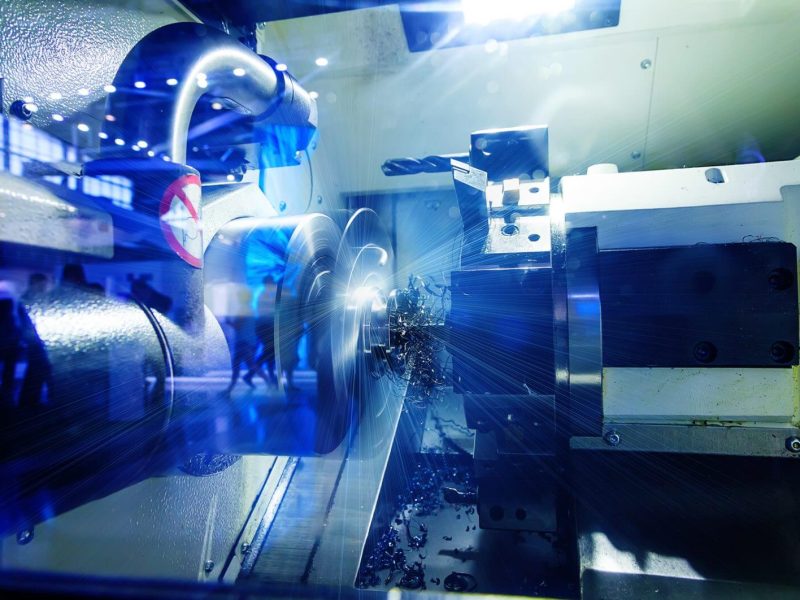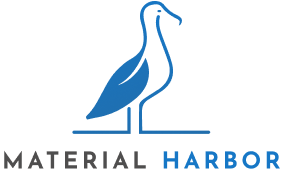
CNC machining is a powerful tool for creating precise parts, but even the most skilled machinists can encounter challenges along the way. From software issues to material handling, mistakes can occur and lead to costly errors or delays. Here are five common CNC machining mistakes and tips on how to avoid them to ensure smooth, efficient operations.
1. Incorrect Tool Selection
Choosing the wrong tool for the job can lead to poor finishes, tool wear, and even part damage. Different materials and part geometries require specific tools, so it’s essential to ensure that you’re using the correct cutting tool for the material you’re working with.
How to Avoid It:
- Always verify the recommended tool for the material type and part design.
- Consult tool specifications and manufacturer recommendations.
- Regularly inspect tools for wear and replace them as needed.
2. Improper Machine Calibration
CNC machines rely on precise calibration to ensure parts are manufactured to exact specifications. Incorrect machine settings, such as incorrect offsets or misalignment, can lead to inaccuracies and defects in the final product.
How to Avoid It:
- Perform routine machine calibration checks and adjustments.
- Use high-quality measuring tools (like dial indicators or laser systems) to ensure accurate calibration.
- Establish and follow a regular maintenance schedule.
3. Overlooking Material Setup
Inaccurate material setup can result in parts being cut incorrectly, leading to scrapped workpieces or damaged tools. Even small deviations in material alignment or clamping can create significant issues.
How to Avoid It:
- Double-check that materials are properly aligned and securely fastened before starting machining.
- Use proper fixturing and clamps to minimize movement during the machining process.
- Always inspect materials for defects, such as warping, that could affect accuracy.
4. Inadequate Tool Path Programming
A common mistake in CNC machining is programming tool paths that do not account for the correct cutting sequences, feed rates, or depths of cut. This can cause excessive tool wear, inefficient cuts, or even damage to the workpiece.
How to Avoid It:
- Take the time to carefully review and test your CNC program before running it on the machine.
- Use simulation software to preview tool paths and identify potential issues.
- Adjust feed rates and cutting depths according to material and tool requirements.
5. Ignoring Coolant and Lubrication Needs
Coolant and lubrication play a critical role in CNC machining by reducing heat buildup, preventing tool wear, and improving the surface finish of the part. Failure to use the correct coolant or not maintaining the coolant system can lead to overheating, part deformation, or excessive tool wear.
How to Avoid It:
- Ensure that your coolant system is clean and functioning correctly.
- Use the appropriate coolant for the material being machined.
- Regularly check coolant levels and replace fluids as needed to maintain optimal performance.
By being aware of these common CNC machining mistakes and implementing the right preventive measures, you can improve part quality, reduce scrap, and enhance the overall efficiency of your machining operations. Regular maintenance, proper setup, and attention to detail are key to avoiding costly errors and keeping your CNC machines running smoothly.
